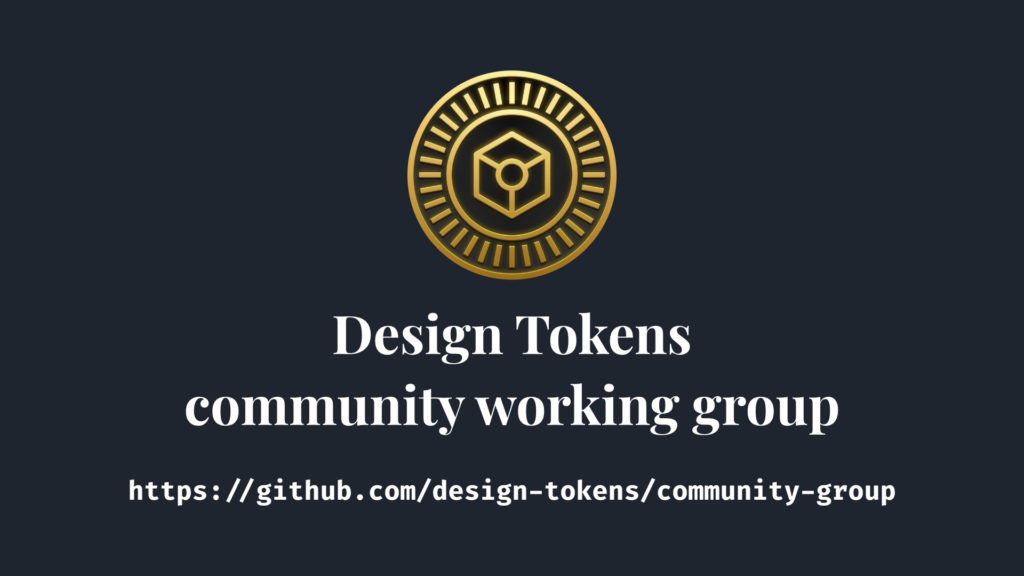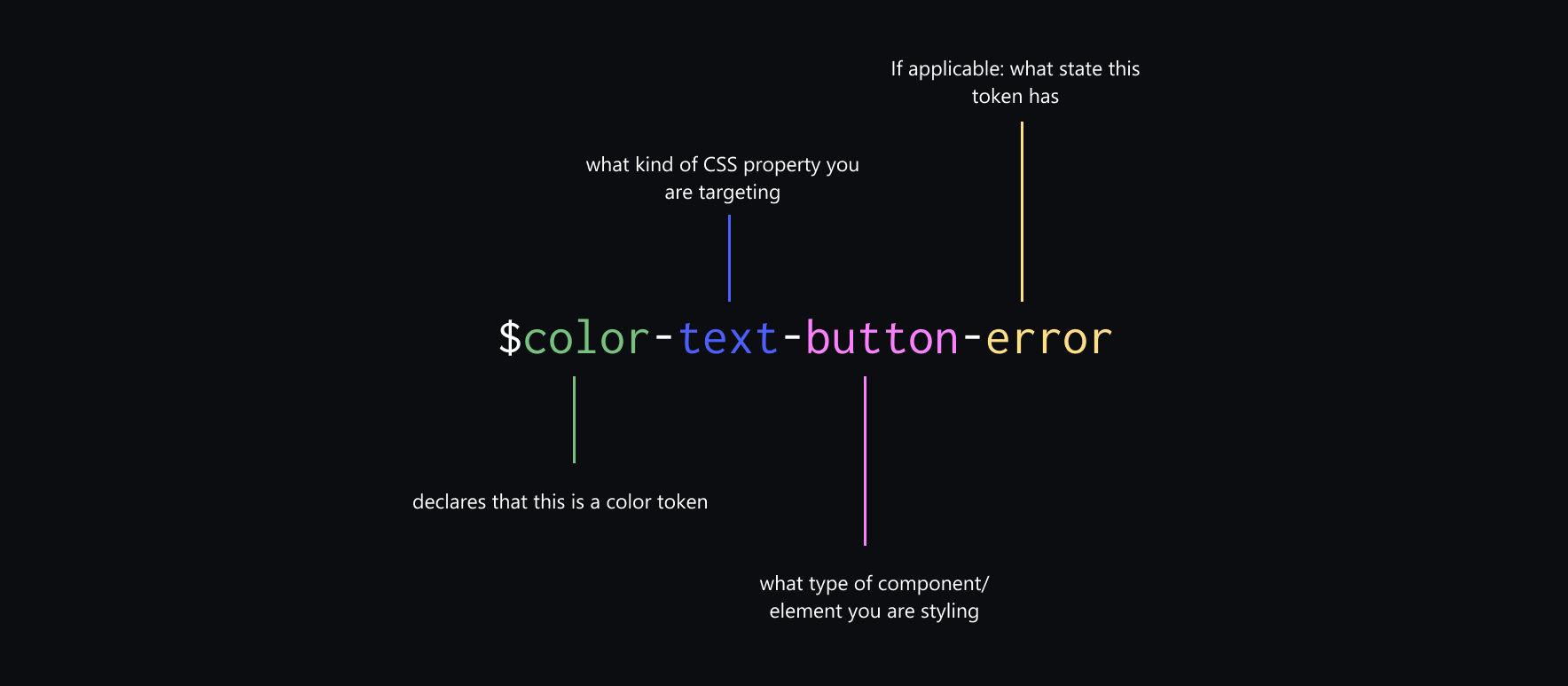Table Of Content

Together with the component layer, we've also greatly reduced the possibility of having to do a large-scale refactor. Design tokens in Figma are defined using the Styles feature, which allows designers to create reusable styles for text, color, and other design properties. These styles can be organized into a library, making it easy to manage and apply them across multiple projects. 🤔 Simply put design tokens are key-value pairs, where the key is a human-readable name given to design primitive values of colors, spacing, font size, etc.
Taxonomy & scale
Dribbble offers high-quality courses to help you learn design systems and make yourself more marketable as a product designer. To learn more about building and scaling design systems, sign up for our 8-week Scaling Design Systems Course with Dan Mall, product designer, founder, and design systems pioneer. As Systems designers, it is our duty to optimize at scale the experiences of Designer and Developers when consuming our product; the system itself. Design Tokens are used in place of hard-coded values and variables in order to ensure flexibility and unity across all product experiences and/or platforms. They are also platform-agnostic so it makes it easier to communicate with developers using these terms.
The Traditional Workflow–Without Design Tokens
Themes are how we switch color schemes and styles everywhere using a single set of tokens. Design tokens are name and value pairings that represent small, repeatable design decisions. A token can be a color, font style, unit of white space, or even a motion animation designed for a specific need. If you want to use design tokens across all the platforms, you will need a token transformer to transform design tokens values. Yana is a solutions consultant at InVision, focused on identifying opportunities within clients existing processes and tool stacks. Formerly a digital producer, she also holds experience working directly with design and development teams to deliver various digital products.
Talk to us about getting your product or platform to market faster.
Creator Commerce Platform Wants to Make Minting NFTs Easier - Adweek
Creator Commerce Platform Wants to Make Minting NFTs Easier.
Posted: Wed, 09 Feb 2022 08:00:00 GMT [source]
Depending on how distinct the consolidated design decisions need to be, the semantic tokens can be defined to be more specific to allow stricter design changes. This will increase the number of tokens in the semantic layer but will make the system easier to maintain while providing the flexibility to handle design edge cases. We can use these tokens to create reusable design components that can be easily modified and reused across a user interface. By creating a set of design tokens for each element, designers and developers can quickly adjust the component’s design while maintaining consistency with the rest of the user interface.
Setting Values
View new colors and styles in your product during migration using the Chrome plugin (Atlassians only). Design using tokens in Figma and preview new colors and tokens in products. Common tokens help communicate the intended purpose of a token and are effective when a value with a single intent will appear in multiple places (think “color-action”).
Standard, where are you?
Design systems evolve over time and so do the platforms they are built on. Figma has only a basic versioning, so we need to be careful with changes. But there are some techniques to make sure we don’t release updates that break consumers Figma projects. You build a design system based on tokens, upload them to a JSON file and use it alone for all platforms. Now that you covered the basics of design tokens and their benefits, let’s go through 6 vital steps to create them. It can be done in multiple ways, depending on the hierarchy of your tokens, the team setup, the level of visibility you’d like to create, etc.
Use of the same language.
They work with all style files in your system, making your design consistent and easy to scale. You can use design tokens in various design systems and workflows, including style guides, design libraries, and component-based design. By creating a consistent and easily modifiable set of tokens, designers, and developers can quickly make interface changes without manually updating each element. To create a robust design system, you must understand how to create design tokens and use them appropriately. This guide defines a design token, explains the benefits of using these tokens, and provides answers to some of the most frequently asked questions about getting started with design tokens. However, as far as I know, design tokens generator such as Theo can only be used at the moment by developers since design tools can’t communicate natively with design tokens generators.
Making design changes manually also increases the risk that you’ll make a mistake, resulting in even longer project delays. When your design decisions are saved as token values, you can change text colors, button shapes, and other design elements with just a few clicks. At this stage, we can consolidate the component tokens design decisions into semantic tokens, reducing the number of tokens that need to be maintained.


This can be accomplished by setting a Design Token to another Design Token. Unless configured not to, a DesignToken emits a token to CSS automatically whenever the value is set for an element. In the case when a DesignToken is assigned a derived value, the CSS custom property will also be emitted when any dependent tokens change.
Design tokens are a set of modular and reusable pieces of code that define a user interface’s design properties and values. They serve as a common language between designers and developers, allowing them to communicate and collaborate more efficiently throughout the design and development process. Design tokens design tokens deal with the abstraction and management of design properties.
It breaks down user interfaces into smaller, reusable components called atoms, molecules, organisms, templates, and pages (in ascending order of complexity). Atoms are the basic building blocks like buttons, input fields, icons, etc. Molecules are combinations of atoms, organisms are combinations of molecules, and so on. Design tokens are one of those tools many design systems, including Google’s Material Design 3 and MUI, have adopted to make UI elements easier to implement, manage, and update.

No comments:
Post a Comment